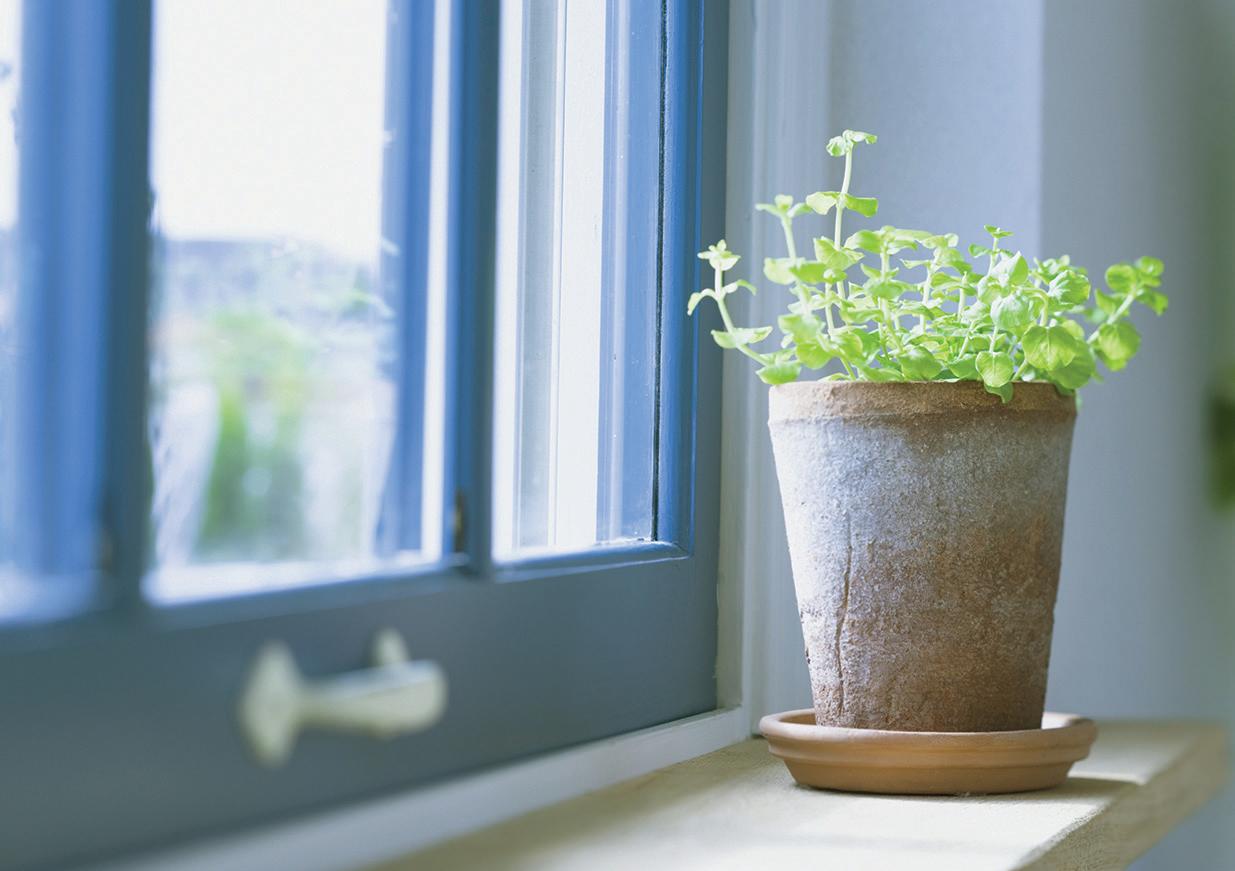Bathrooms can benefit from updates that improve their form and function. While styles and color patterns may inspire bathroom renovations, improvements to safety also should be considered.
Bathrooms can be one of the most dangerous rooms in a house. Bath and shower areas account for about two-thirds of accidental injuries in these spaces. Many other injuries involve the toilet. In 2008, a thorough investigation of bathroom dangers conducted by the Centers for Disease Control and Prevention found that mishaps near the bathtub, shower, toilet, and sink caused an estimated 234,094 nonfatal injuries in the United States among people aged 15 years and older.
Seniors are particularly vulnerable in the bathroom due to reduced mobility and flexibility, visual impairment and other factors. However, some key modifications can make bathrooms much safer for aging populations.
These are just some improvements that can create safer bathroom environments for seniors.
Bathroom safety feature ideas for the aging populations
RAISED TOILET SEAT
Install an ADA-compliant raised toilet seat. Standard toilet seats are roughly 15 inches high, but elevated seats can raise the bowl an additional two to four inches. Another option is to invest in risers that can be attached to an existing toilet.
GRAB BARS
Seniors may use towel holders as grab bars, which don’t have stability and can dislodge from the wall. Install secured side grip bars by the toilet and inside the shower to make maneuvering easier.
WATER TEMPERATURE
Seniors may be vulnerable to hot water temperatures. Lower the water temperature setting on the hot water heater. StaySafe.org recommends 120 F.
NONSLIP MATS
Nonslip mats or tape strips can be used in showers and tub bottoms, as well as outside of the shower to reduce the risk of slips and falls. Rugs should have rubberized, slip-resistant backing.
ROUNDED CORNERS
Choose counters and fixtures with rounded corners. Should a senior fall against something, the rounded corner may prevent serious injury. FAUCETS
Change faucet handles to paddle-style handles rather than knobs. Knobs can be challenging to grip for those with arthritis in their hands. Also, handles that are easier for seniors to use can reduce the risk of the elderly losing their balance as they attempt to gain leverage to turn the water on and off.
SHOWER BENCHES AND TRANSFER SEATS
Benches and transfer seats make it easier getting in and out of the shower. Also, sitting while showering reduces the risk of becoming light-headed or losing balance.
WALK-IN TUBS/SHOWERS
Minimizing the threshold to the shower or bathtub is an important safety feature. Some manufacturers make walk-in tubs with doors that secure and make watertight seals. Showers that don’t have a lip or tub to scale also are better for seniors.
LIGHTING
Eyesight weakens over time, so improve lighting with combinations of overhead lighting and softer side lighting. Night lights or soft-glowing toilet lights can make it easier to get around the bathroom in the middle of the night.




